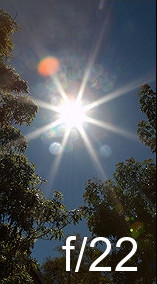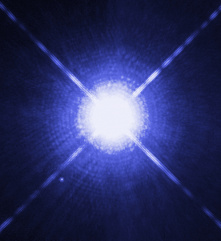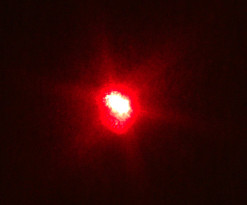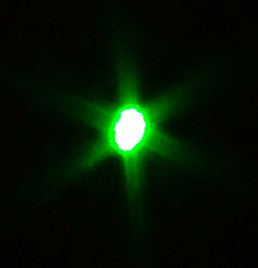Small aperture in a photo camera leads to well-known starburst effect:
It's generally believed to be caused by diffraction.
But since diffraction is a wavelength-dependent phenomenon, it should have rainbow-like fringes — or, for monochromatic light, simply fringes instead of continuous spikes — like the diffraction in reflecting telescopes:
But all my attempts at reproducing the fringes have failed. I've tried making photos of laser pointer spot on the wall with a DSLR camera (Canon EOS 1100D Kit) at the smallest aperture it supports, here are results for a red 640 nm and green 532 nm pointers:
The green image was shot with focal length $49\,\mathrm{mm}$ and aperture $f/22$, and the red one with focal length $18\,\mathrm{mm}$ and same aperture setting of $f/22$. Here I can't notice any fringes — the spikes still look continuous.
So, my question is: if the starburst effect is due to diffraction, then why are the spikes continuous, lack any fringes?




